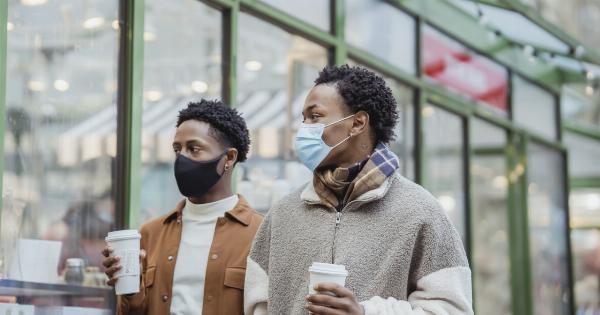Keeping the people you love safe is a top priority for many individuals. Whether it’s your family members, friends, or loved ones, their safety and security are of utmost importance.
In this article, we will discuss various strategies and measures you can take to keep the people you love safe in different aspects of life.
Home Safety
One of the primary concerns when it comes to keeping your loved ones safe is home safety. Your home should be a sanctuary where your family feels secure and protected. Here are some tips to ensure the safety of your loved ones at home:.
1. Install Security Systems
Invest in a reliable home security system that includes surveillance cameras, motion detectors, and alarms. These systems not only act as deterrents but also provide you with peace of mind knowing that your home is being monitored.
2. Secure Entry Points
Ensure that all entry points, such as doors and windows, are secure. Install sturdy locks and consider reinforcing them further with deadbolts. Additionally, you can add security films to windows to prevent them from shattering easily.
3. Create an Emergency Plan
Develop an emergency plan with your family members that includes escape routes and designated meeting points. Practice this plan regularly to ensure everyone knows what to do in case of an emergency, such as a fire or natural disaster.
4. Teach Children About Safety
Educate your children about home safety measures, such as not opening the door to strangers and not giving out personal information over the phone or online. Teach them how to use emergency numbers and what to do when home alone.
Personal Safety
Personal safety is crucial, especially when your loved ones are outside the protected environment of your home. Here are some measures you can take to ensure their personal safety:.
5. Encourage Communication
Open lines of communication with your loved ones so they feel comfortable discussing any concerns or incidents they may encounter. Encourage them to share their whereabouts and notify you if there are any changes to their plans.
6. Establish Safety Rules
Set clear safety rules for your family members, particularly children. Teach them about the dangers of talking to strangers, getting into unfamiliar vehicles, or going to unknown places without permission.
7. Self-Defense Training
Consider enrolling yourself and your family members in self-defense classes. Knowing how to protect themselves and react in dangerous situations can significantly increase their chances of staying safe.
8. Stay Updated on Current Events
Stay informed about the current events and potential risks in your area. Knowledge of local crime trends or safety concerns can help you take appropriate precautions and make informed decisions to keep your loved ones safe.
Online Safety
In today’s digital age, online safety is equally important. Protecting your loved ones from online threats requires a proactive approach. Here’s what you can do:.
9. Set Privacy Settings
Ensure that privacy settings are in place on all devices used by your loved ones, including smartphones, computers, and social media accounts.
Teach them about the importance of not sharing personal information and the risks associated with online interactions.
10. Educate About Cybersecurity
Teach your family members about the importance of cybersecurity and how to identify potential online threats, such as phishing emails or malicious links. Encourage the use of strong and unique passwords and regularly update their devices and software.
11. Monitor Online Activities
Keep an eye on the online activities of your children, especially on social media platforms. Monitor their friends’ lists and the content they share to ensure their online interactions are safe and appropriate.
Conclusion
Keeping the people you love safe requires a combination of vigilance, education, and preparedness.
By implementing the strategies mentioned above, both in their physical environment and online, you can significantly reduce the risks and ensure the security of your loved ones. Remember, safety is an ongoing commitment, so continuously evaluate and adapt your safety measures to evolving circumstances.






























